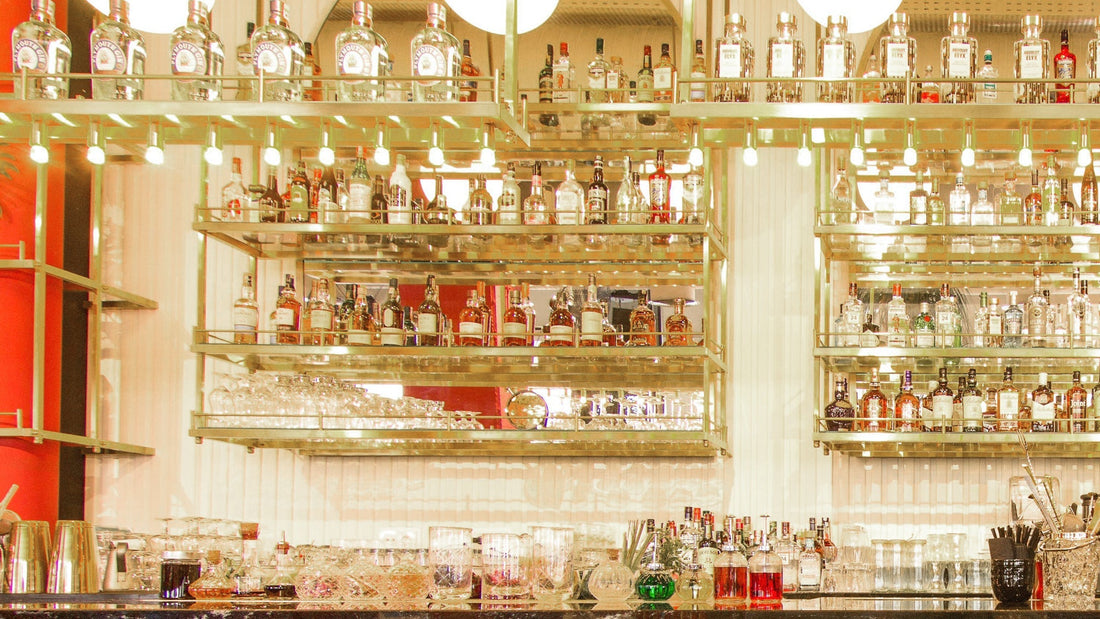
An Introduction to Alcohol Collection: Which Bottles Are Worth Storing Long-Term?
Collecting alcohol is more than just a hobby—it’s an appreciation of craftsmanship, history, and value. For beginners looking to enter the world of alcohol collection, understanding which types of spirits or wines are suitable for long-term storage is essential. While not all alcohol improves with age, some bottles do become more refined—and more valuable—over time.
Why Collect Alcohol?
Alcohol collection can be driven by various motivations: investment, enjoyment, or simply the love of beautiful bottles and rare expressions. Over the past decade, rare wines and limited-edition spirits have seen significant appreciation in value, sometimes outperforming traditional investments. For others, a home bar filled with meaningful bottles offers personal satisfaction and prestige.
What Makes a Bottle Worth Collecting?
Several factors influence whether a bottle is worth storing:
- Rarity: Limited releases or discontinued lines are often more desirable.
- Brand Reputation: Well-regarded producers have a better track record of aging potential.
- Packaging and Condition: Original packaging and well-maintained bottles fetch higher resale prices.
- Storage Potential: Not all alcohol benefits from aging; understanding which ones do is key.
Let’s take a closer look at different types of alcohol and assess their suitability for long-term collection.
1. Whisky (Especially Scotch and Japanese Whisky)
High-quality whiskies, especially single malts from Scotland and rare releases from Japan, are among the most popular collector’s items. Bottles from distilleries like Macallan, Yamazaki, and Ardbeg have historically increased in value.
What to Look For:
- Age statements (18 years and above)
- Cask strength editions
- Limited or discontinued editions
- Bottles with a strong provenance
2. Fine Wine
Some wines are made to be consumed young, while others are crafted with the structure to improve over decades. Bordeaux, Burgundy, Barolo, and premium Napa Cabernets are well-known for their aging potential.
Key Points:
- Store in a controlled environment (around 55°F, 70% humidity)
- Consider vintage reports before purchasing
- Wine critics' scores (like Robert Parker or Wine Spectator) can guide decisions
3. Cognac and Armagnac
These aged brandies from France often fly under the radar but offer impressive aging potential and complex profiles. Older vintages from producers like Delamain or Darroze are increasingly sought after.
Storage Tips:
- Store upright to prevent cork contact with high-proof liquid
- Protect from light and temperature swings
4. Baijiu (白酒)
China’s traditional spirit, baijiu, is gaining attention globally. High-end expressions, especially from brands like Maotai or Wuliangye, are being collected for both cultural and investment value.
Why Consider Baijiu:
- Increasing demand in global markets
- Some aged baijiu bottles are extremely rare
- Significant value appreciation in auctions
5. Rum and Tequila (Especially Extra Añejo)
Aged rum and tequila—particularly extra añejo and single cask releases—are becoming the next frontier for collectors. Artisanal production and limited supply create scarcity that drives long-term value.
Watch For:
- Single estate or small batch productions
- Clear labeling of age and origin
- Brands with a cult following (e.g., Foursquare Rum, Fortaleza Tequila)
Final Thoughts: Start Small, Think Long-Term
Entering the world of alcohol collection doesn’t mean you need to spend thousands upfront. Start with a few carefully chosen bottles, build your knowledge, and always store them properly. As you grow more confident, you’ll begin to spot trends, anticipate future classics, and enjoy both the personal and financial rewards of your collection.
Whether your goal is to create a personal archive of exceptional bottles or to build an investment portfolio, the journey of alcohol collecting is rich with discovery, taste, and storytelling.
